E-mail: [email protected] Whatsapp: +8613647327093 Tel: +86-731-8403-0163
E-mail: [email protected] Whatsapp: +8613647327093 Tel: +86-731-8403-0163
The shape of the bucket directly affects the drilling efficiency, soil feeding capacity and verticality of the drilling bucket. There are two common shapes:
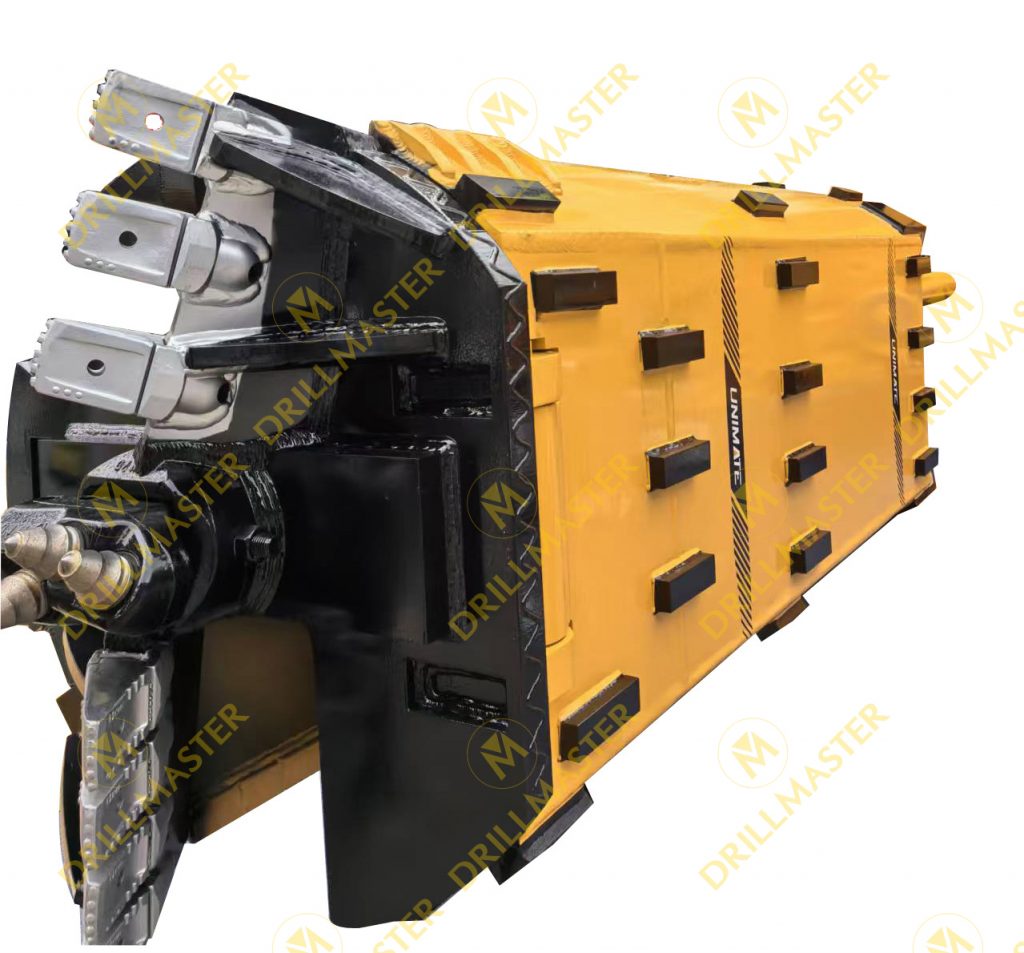
- Appearance features: straight front and round back, the top view shape is similar to the English letter "D", generally the front is flat with a guide plate, and the back is an arc structure.
- Advantages:
1)The front end is straight, the cutting force is concentrated, which is suitable for keeping the drill hole vertical during drilling.
2)Large volume, large soil loading capacity, high efficiency.
3)Smooth slag discharge and convenient unloading.
- Applicable formations: Applicable to soft formations such as clay, silt, fine sand, medium sand, etc., widely used in urban foundation construction.
2. Cylindrical Drilling Bucket
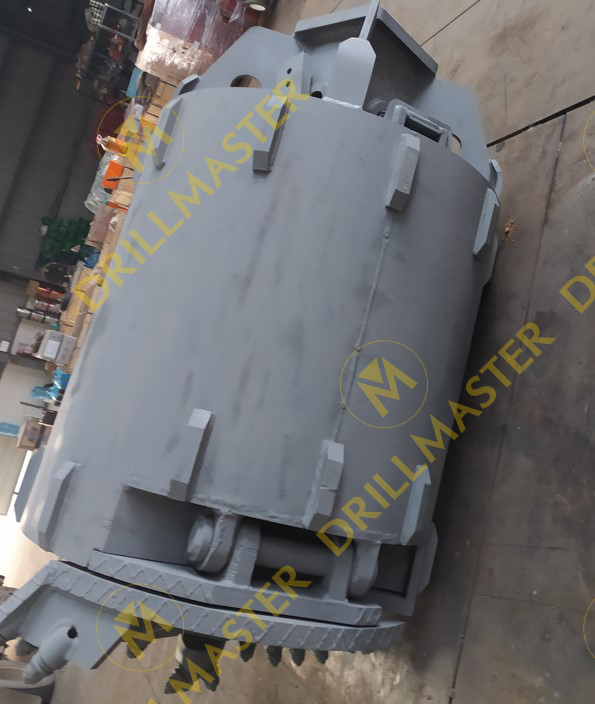
- Appearance features: The overall shape is standard cylindrical, the structure is symmetrical, and it is easy to control the aperture accuracy.
- Advantages:
1)Compact structure, stable drilling process.
2)Center of gravity is centered, which is conducive to controlling verticality.
3)Suitable for use in deeper holes and more complex formations.
- Applicable formations: Suitable for general medium-strength soil layers, such as clay, sand layers, backfill soil, etc. It is particularly suitable for the construction of deeper pile holes.
3. Conical barrel Drilling Bucket
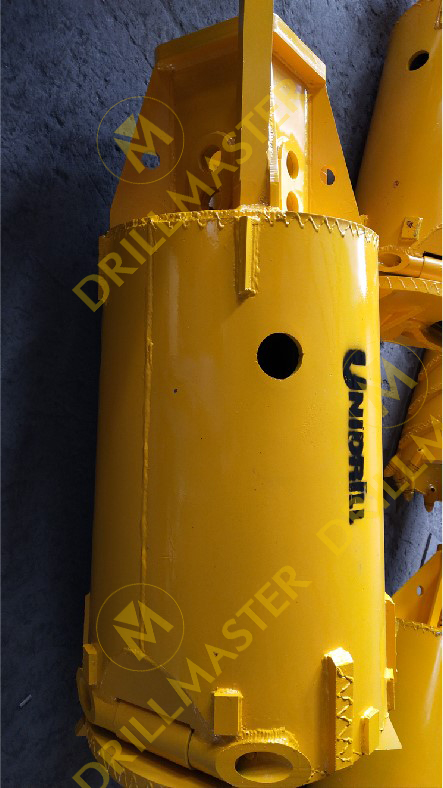
- Appearance characteristics
1)Conical barrel structure
The overall appearance is a conical barrel with a small top and a large bottom, which is conducive to the natural concentration of materials and sliding to the bottom.
The conical design helps to reduce lifting resistance and reduce friction between the hole wall and the bucket body.
2)Bottom double opening structure
The bottom is equipped with symmetrical movable doors, hinge connections and opening and closing mechanisms.
Automatically locks when lifting the bucket to ensure that the material does not leak during lifting.
When the bucket is dropped, the pressure plate presses the unlocking mechanism to open the bottom of the bucket to complete the unloading or loading action.
3)Top lifting lugs and reinforcement rings
The top is usually equipped with reinforcement ribs to increase the strength of the bucket body and prevent deformation when operating in hard formations.
- Main advantages
1)Heavy weight and good hole entry stability
The center of gravity is low under the cone structure, with small swing and good verticality during hole entry.
2)Convenient and efficient unloading
Using gravity and mechanical structure to automatically open and close the bottom door, unloading is fast, efficient and reduces downtime.
3)Strong slag loading capacity
The cone structure plus the bottom cutting edge can effectively stir and collect loose materials at the bottom of the hole, with a high slag loading rate.
4)Not easy to get stuck
The cone design reduces the outer contour size, making it smoother when passing through the casing or irregular parts of the hole wall, reducing the risk of getting stuck.
- Applicable formations
The cone-shaped sand bucket can efficiently load dry sand, wet sand, fine sand, etc. in loose sand layers without complex crushing. It can be torn into clay-sand layers by the bottom blade. In addition, it can clean smaller pebbles or gravel. It can be used as a hole cleaning equipment in silt and mud layers. It is convenient to unload and prevent sediment residue. It needs to be used with vibration or stirring devices in medium-dense gravel layers to prevent loading difficulties. It is not recommended to use it in hard pebble layers/weathered rocks.
The structure of the bucket bottom determines the soil feeding and unloading methods of the sand bucket, which has a great impact on the construction efficiency and the cleanliness of the hole bottom. Common bucket bottom structures are as follows:
1. Double-Bottom Double-Open Drilling Bucket
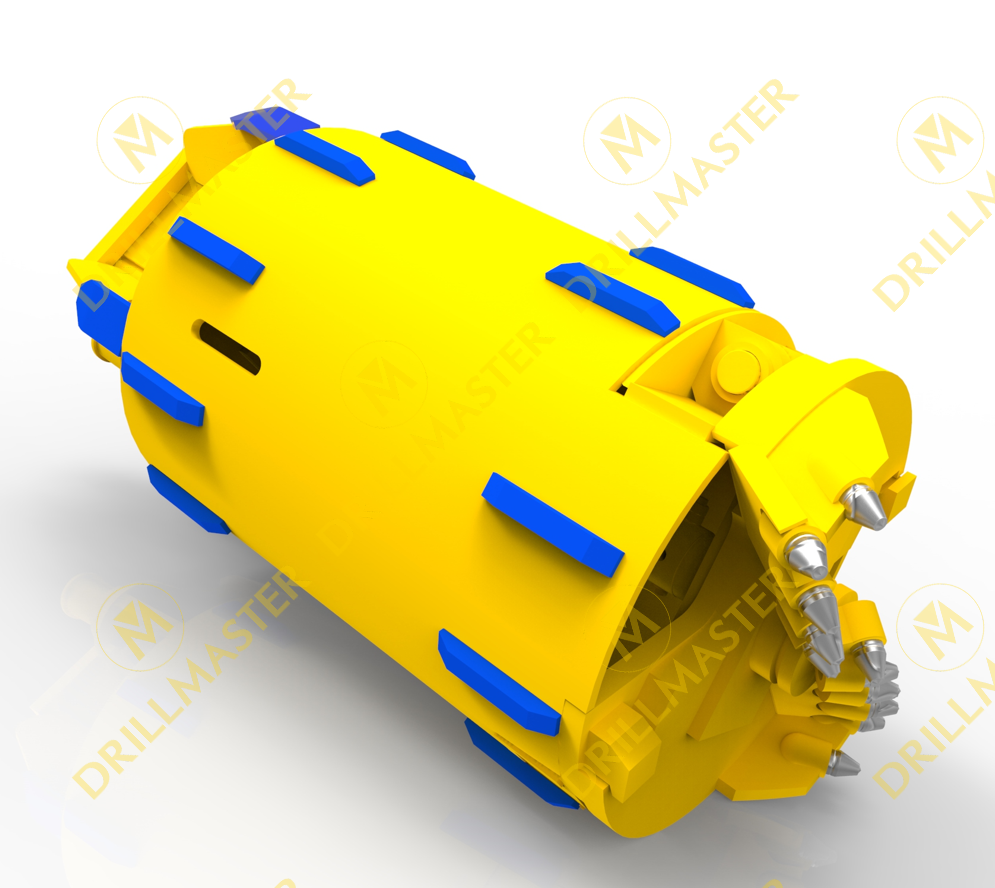
- Structural features:
1)There are two flippable bucket bottom plates at the bottom, which are installed on both sides of the bucket body.
2)The opening of both sides can be controlled separately by two independent mechanical locking or hydraulic control systems.
3)It is usually equipped with reinforced hinges and wear-resistant plates.
- Advantages:
1)Faster unloading: two bottom plates can be opened simultaneously or alternately to reduce waiting time;
2)More flexible: suitable for adjusting soil discharge in different directions after filling.
3)Adapt to complex strata: especially suitable for water-bearing soil, silt layer or mixed layer that is easy to clog.
- Disadvantages:
1)Complex structure, higher manufacturing cost.
2)High maintenance and repair requirements.
- Applicable working conditions:
1)Large-diameter deep piles.
2)High-viscosity soil, sand-containing and water-containing strata.
3)Construction sites with high requirements for unloading efficiency and time constraints.
2. Double-Bottom Single-Open Drilling Bucket
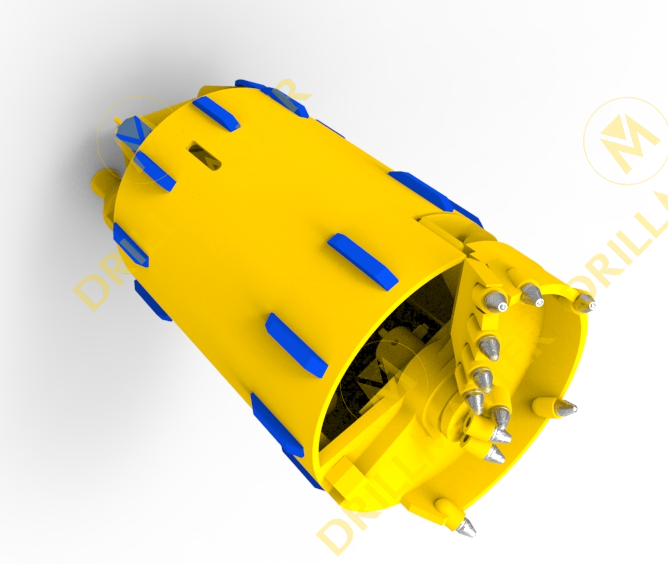
- Structural features:
Also has a double bottom plate structure, but only one side can be opened, and the other side plays a role in reinforcement and auxiliary sealing.
Generally used to control the direction and quantity of unloading.
- Advantages:
1)Relatively simple structure, easier maintenance.
2)Better sealing, suitable for some water-bearing strata, reducing leakage.
3)Discharging is more controllable, suitable for working conditions with directional requirements for discharge during construction.
- Disadvantages:
1)The unloading speed is slightly slower than the double-opening.
2)If the bucket is filled with clay, the resistance to soil discharge is large.
- Applicable working conditions:
1)General clay, silt, sand.
2)Scenarios that require directional discharge or limit soil splashing.
3)Projects with relatively stable strata and no extreme efficiency requirements.
According to different functional requirements during the construction process, the sand dredging bucket can also be divided into functional tool buckets to meet specific stratum processing or hole forming requirements.
1. Soil Drilling Bucket
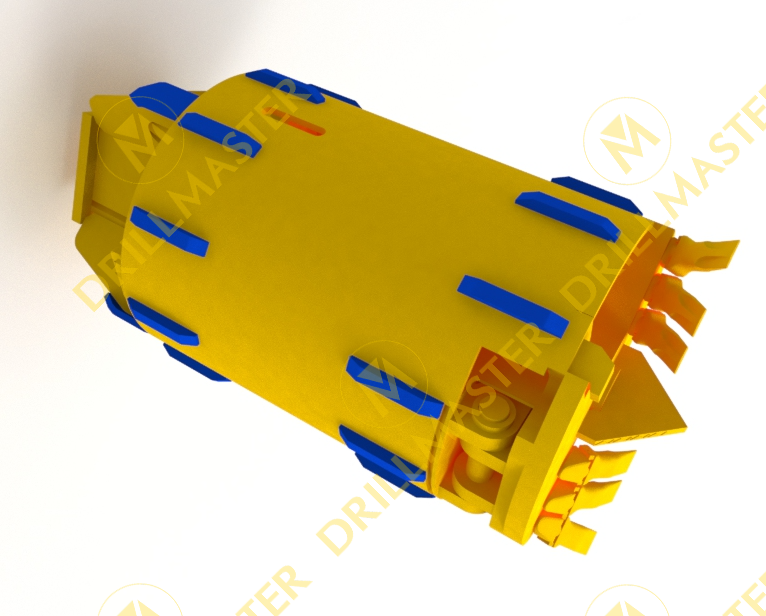
- Functional description: Conventional sand dredging bucket, dedicated to rapid soil extraction in soft soil layers.
- Features:
1)Simple structure.
2)Easy to maintain.
3)Low cost, suitable for most conventional projects.
- Applicable strata: soft soil layers such as silt, clay, sand, and miscellaneous fill.
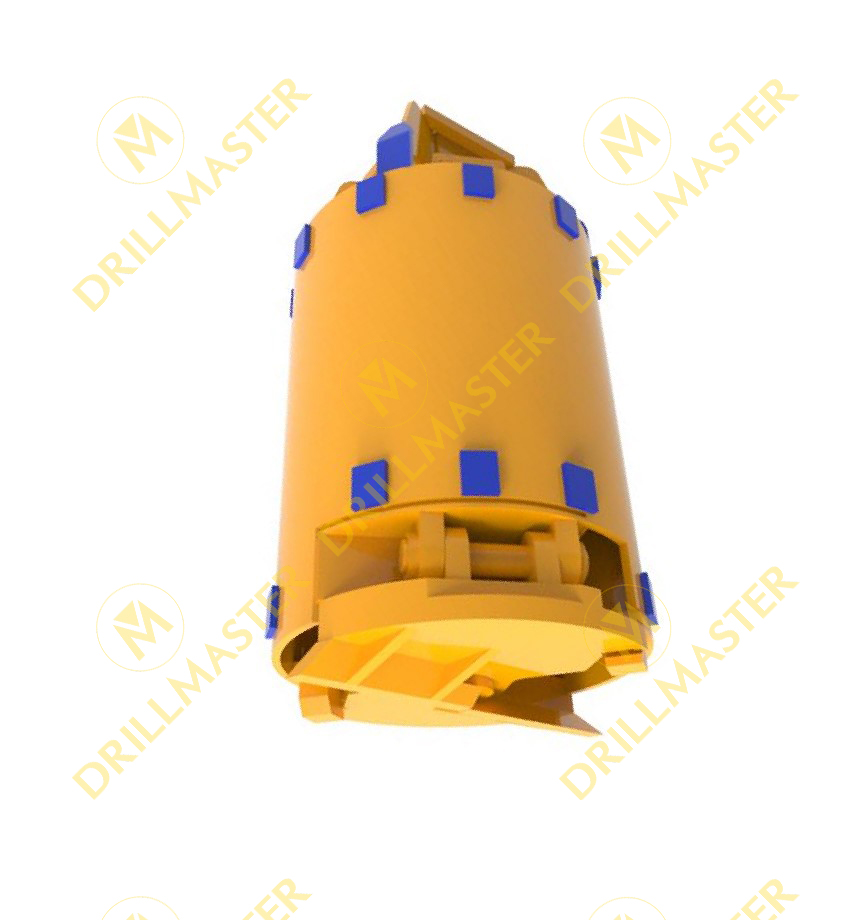
- Functional description: It is specially used for cleaning holes after drilling operations are completed to remove soil residues and sediments at the bottom of the hole.
- Features:
1)Large volume.
2)Wide opening.
3)Easy to operate and quickly unload.
- Applicable formations: It is suitable for hole cleaning operations in almost all formations and is one of the key tools for improving pile foundation quality.

- Functional description: The reinforced bucket body and bucket teeth can cope with complex formations with high strength or gravel and weathered rock.
- Features:
1)The teeth are hardened or alloy teeth are used.
2)The bucket body is thickened and wear-resistant.
3)It can break some rock formations or hard interlayers.
- Applicable formations: It is suitable for hard formations such as slightly weathered rock, strongly weathered rock, gravel layer, and pebble layer.
For more buckets, please feel free to contact us and we can custom for you.
WhatsApp: +8613647327093

Email: [email protected]
Contact Us
